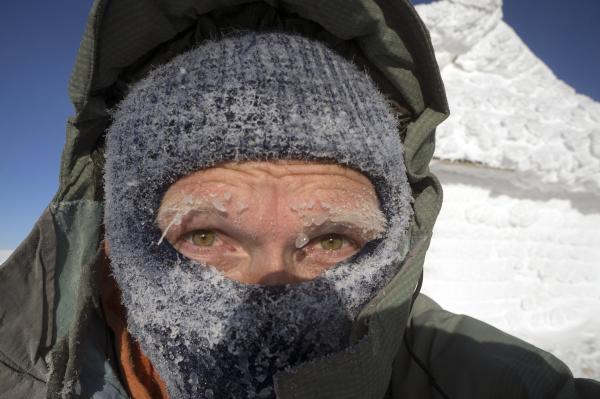With the holiday season upon us and the palpable slow descent of the temperature, it seems appropriate to nestle in to the unpleasant notion that cold-related deaths are a reality. An often avoidable one at that.
So, let's be aware of some measures that can ensure a fun-filled, special winter -- only good memories allowed.
The National Health Statistics Reports generated by the United States Department of Health and Human Services attributed the annual death rate from weather-induced causes to be 2,000 per year between 2006-2010. Of those, 63% were due to excessive natural cold, hypothermia or both. These extremes can prompt significant morbidity and mortality. It is believed this data is even underestimated given the frequent exclusion on death certificates due to a variety of factors.
While these issues can occur with anyone (especially if not properly protected and enduring prolonged exposure), the people at most risk include those with pre-existing medical conditions like cardiovascular or lung disorders, those on certain medicines that disrupt an individual's ability to self-regulate, the elderly, infants, and males, for example. Alcoholics, those abusing drugs, homeless individuals or people with insufficient gear or home heating, wilderness adventurers, sports enthusiasts are all increasingly susceptible to problems. Regional disparities--e.g. urban vs rural, low or high income communities and so on -- come into play as do dramatic patterns of weather shifts.
The National Safety Council (NSC) whose mission is to eliminate preventable deaths at work, in homes, communities and on the road underscores the importance of safe driving, avoiding straining while shoveling, being aggressive with treatment of frostbite or signs of hypothermia, and carbon monoxide poisoning prevention.
Driving can be harrowing
Be prepared to alter how you drive as the conditions can vary from sleet to snow to ice. In fact, walking can be a challenge as injuries abound from falls with or without vehicles in the mix. Understand your vehicle's safety features. Be sure to avoid running your car in a confined space like a garage given the risk of carbon monoxide poisoning. Efforts to wait out a storm are often the most sensible as getting stranded, in particular, in unfamiliar terrain in the dark ups the ante of potential mishaps. Proper maintenance of the mechanics of your car seem a no-brainer while first aid kits are never a bad idea. The litany for car preparation and what to do if stranded is long and best advised at this link: click here.
Snow blowing and shoveling aren't like taking out the trash
No matter the severity of the weather, people have perished or been injured by shoveling. Those routinely sedentary are at greatest risk of cardiac distress. The cold along with the cardiovascular system's response to it can strain the heart, even in the healthiest of adults. Any signs of chest pain or dizziness, stop the activity and seek immediate medical care. The workout pushing a snow blower is a very real one. Safety methods need be employed when maintaining it to avoid blade lacerations, or dangers of handling the fuel and so on...
Freezing has consequences
Use precautions to avoid frostbite and hypothermia which can arise in excessively low temperatures. Wind and wetness exacerbate these difficulties. Make sure to wear correct clothing that covers the tips of fingers, toes, ears and your nose as well. Know the weather and abbreviate your time outdoors in severe cold. Frostbite does not spare covered skin while early evolution can be well-managed, late discovery can cause irreversible harm. Hypothermia can advance readily with death a possibility. Understand the signs and symptoms, how to prevent them and the way to seek emergent medical care if on a mountain top or other sporty endeavor, for instance.
Sports like snowboarding and skiing should be enjoyed
They won't be happy excursions if recklessness -- in thought and action -- prevails. Prevention is always preferable and in support of a fun, family activity. Lack of control at high speed precipitates unwanted impacts and subsequent injury. Understand how to ski safely while arming yourself with knowledge of storms and routes. Though helmets have reduced head injuries, fatalities are still a risk on the mountain.
In conclusion
Be sensible. Weigh the risks and benefits of your environment and personal health and capabilities. Being fully informed will permit avoidance of traumas and unnecessary tragedy.
Winter comes every year and the majority of us do quite well. So, enjoy life and do your best not to place yourself or others in harm's way.




